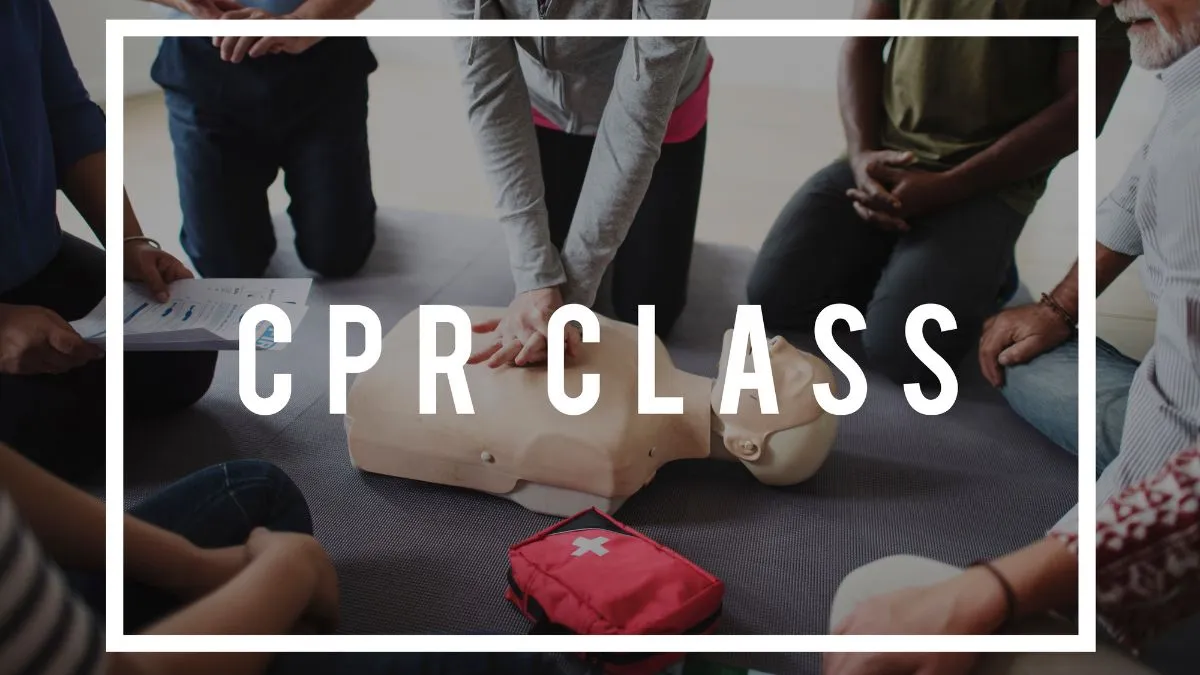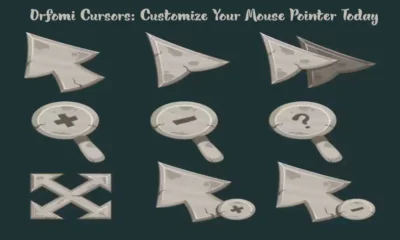HEALTH AND FITNESS
CPR and First Aid Certification That Includes Choking Response

Choking happens when something blocks a person’s airway, making it hard or impossible to breathe. It can occur suddenly during eating, laughing, or even talking. It is common in young children, but it can happen to people of any age. It can become life-threatening within minutes if not handled quickly.
As per a Statista report, in 2023 alone, 5,529 people died from choking in the United States. Many of those lives could have been saved with a quick and informed response. CPR and first aid certification teach you how to respond to these emergencies. A trained person can recognize choking and act calmly to save a life.
In this guide, we’ll walk through what’s included in CPR and first aid certification, how choking response is taught, and why getting certified could be the most important decision you make.
Table of Contents
What CPR and First Aid Certification Teaches About Choking
Not all courses include a choking response. A full CPR and first aid certification does. It teaches you how to recognize choking, apply age-appropriate techniques, and act quickly if the person stops breathing. Here are the key things you’ll learn about choking in CPR and First Aid training:
· How to Recognize a Choking Emergency
A choking person may suddenly go silent. They might try to speak, but can’t. Some clutch their throat or open their mouth without making a sound. Breathing becomes difficult or stops entirely. If they can’t cough, speak, or breathe, treat it as a complete airway blockage.
· Choking Relief for Adults and Children
For adults and older children, certified training covers abdominal thrusts (the Heimlich maneuver) to dislodge the object. If the person is pregnant or obese, chest thrusts are used instead. You’ll learn when and how to switch techniques based on the person’s condition.
· How to Respond to Infant Choking
Infants under one year old should not receive abdominal thrusts. Instead, deliver five back blows followed by five chest thrusts, all while supporting the baby’s head and neck. Certification programs include hands-on instruction to build accuracy and confidence with this technique.
· What to Do If the Person Collapses
If a choking victim becomes unresponsive, you’re trained to lay them flat, call emergency services, and begin CPR. Each cycle includes checking the mouth for visible obstructions and removing them only if they can be safely reached without pushing them deeper.
· Clearing Visible Blockages During CPR
If you see an object in the mouth during CPR, you’re taught how to remove it using a finger sweep in adults or careful extraction in infants. Training emphasizes safety. Never perform a blind sweep, as it can worsen the obstruction.
Choking First Aid: Step-by-Step Care for Every Age Group
According to the National Safety Council (NSC) report, choking is the fourth leading cause of unintentional injury death in the U.S. Two-thirds of these fatalities occur in adults over 75. Choking can affect anyone, but the steps to help vary depending on the person’s age and size. Here’s what certified CPR and first aid courses teach for each group.
Choking Response for Adults
Choking in adults is often caused by food becoming lodged in the airway. This can quickly become fatal, especially in older adults.
Steps to follow:
- Check for signs: If the person can’t talk, breathe, or cough, or is clutching their throat, it indicates a full airway blockage.
- Encourage forceful coughing: If they can cough, allow them to try. If not, proceed to back blows.
- Give 5 back blows: Stand to the side and slightly behind the person. Use the heel of your hand to deliver firm blows between the shoulder blades.
- Give 5 abdominal thrusts: Wrap your arms around their waist. Make a fist just above the belly button, grab it with your other hand, and pull inward and upward sharply.
- Alternate between back blows and abdominal thrusts: Continue until the object is dislodged or the person becomes unresponsive.
- If they collapse: Begin CPR immediately and call 911. Check the mouth for visible obstructions before giving breaths, and remove them only if they can be safely extracted.
Choking Response for Children (Ages 1–10)
Children are naturally curious and often put objects in their mouths.
Steps to follow:
- Check for responsiveness: If the child cannot speak, cry, or cough and shows signs of distress, act quickly.
- Give 5 back blows: Kneel or stand behind the child. Support their chest with one hand and lean them forward. Deliver 5 firm back blows between the shoulder blades.
- Give 5 abdominal thrusts: Stand or kneel behind the child. Wrap your arms around their waist, place a fist just above the belly button, and pull inward and upward.
- Repeat the cycle: Continue alternating between back blows and abdominal thrusts until the object is expelled or the child becomes unresponsive.
- If unresponsive: Begin CPR. Check the airway for visible blockages before giving rescue breaths.
Choking Response for Infants (Under 1 Year)
Infants have small airways and a weaker cough reflex. According to a 2025 Statista report, the choking death rate in 2023 was 1.7 per 100,000 population. Infants remain vulnerable and require specialized care.
Steps to follow:
- Check for choking: If the baby cannot cry, cough, or breathe, act quickly.
- Give 5 back blows: Hold the baby face down along your forearm. Support the head and neck. Use the heel of your hand to deliver 5 back blows between the shoulder blades.
- Give 5 chest thrusts: Turn the baby face up. Place two fingers in the center of the chest, just below the nipple line, and press down 5 times.
- Repeat the cycle: Continue alternating between back blows and chest thrusts until the object is expelled or the baby becomes unresponsive.
- If the infant becomes unresponsive: Begin infant CPR immediately and call 911. Check the mouth for visible blockages before giving rescue breaths.
Be Prepared to Save a Life
Choking can happen without warning at the dinner table, at work, or in public. When it does, every second counts. That’s why knowing how to respond is something everyone should learn. CPR and first aid certification that includes choking response teaches you exactly what to do in those critical moments. Whether it’s an adult, child, or infant, you’ll be ready to act fast and safely. Don’t wait until it’s too late. Get certified today with a CPR and First Aid course and be the person who knows what to do when it matters most.
-

 GENERAL5 months ago
GENERAL5 months agoChristofle – For Those Who Dream of Family Heirloom Silver
-

 SPORTS7 months ago
SPORTS7 months agoDiscover the World of Football with Streameast: Watch Your Favorite Leagues and Tournaments
-

 GENERAL4 months ago
GENERAL4 months agoUncovering the World of кинокрадко: The Dark Side of Film Piracy
-

 GENERAL2 months ago
GENERAL2 months agoATFBooru: Anime, Gaming, and Subculture Imageboard





























